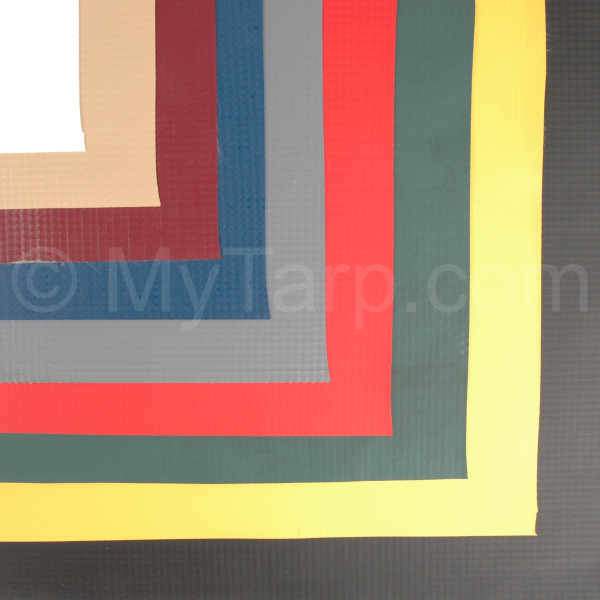When I was in Ontario a few years ago working with a couple master WC canoe builders, I saw a few canoes one builder had made covered in a green vinyl-coated canvas. It appeared to be standard 10 oz canvas with the thick vinyl skin bonded on to the outside of the canvas. The builder claimed it was nearly bulletproof in rocky rivers, sliding over rocks like royalex. He said he warmed the material a little just before application, then stretched and tacked it on like standard canvas. He used ambroid cement over the seams at the stems.
As a trial, I brought back a roll sufficient to cover an 18' or 19' canoe. It seems to weigh a little less than standard canvas with filler and paint.
I finally may have the opportunity to use the stuff on a Stelmok 18' 6" EM White Guide and I'm wondering if anyone has experience with the product.
Gary
As a trial, I brought back a roll sufficient to cover an 18' or 19' canoe. It seems to weigh a little less than standard canvas with filler and paint.
I finally may have the opportunity to use the stuff on a Stelmok 18' 6" EM White Guide and I'm wondering if anyone has experience with the product.
Gary

